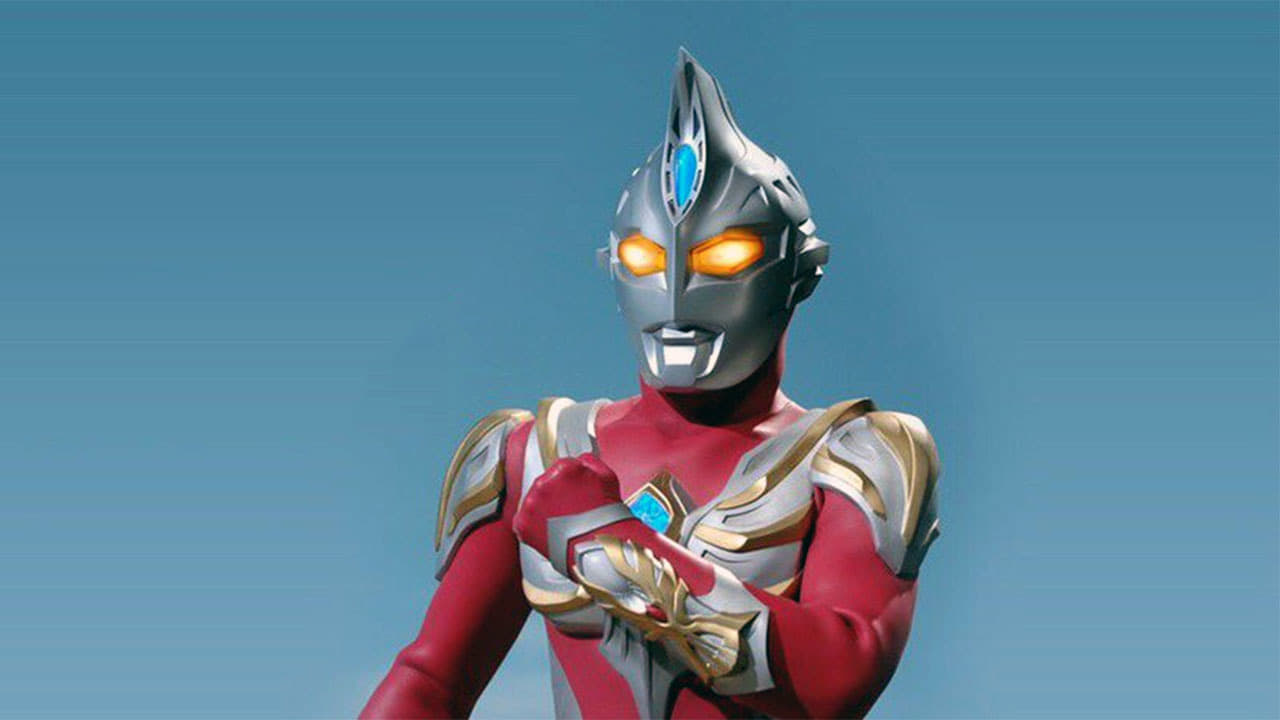

Plot so thin, it passes unnoticed.
... View MoreOne of my all time favorites.
... View MoreIt's a mild crowd pleaser for people who are exhausted by blockbusters.
... View MoreThe biggest problem with this movie is it’s a little better than you think it might be, which somehow makes it worse. As in, it takes itself a bit too seriously, which makes most of the movie feel kind of dull.
... View MoreThis by far is the best produced of the Ultraman series (that's been running for over 45 years in various forms).The quality of the Ultraman series varied from series to series. First two were supervised by the late Eiji Tsuburaya himself, and the episodes, and the monsters that appeared had high quality to them. After Tsuburaya's death, quality meandered with some episodes being good to great while others were mediocre. In this series, quality of special effects, and the story came together making it the best Ultraman series that I've seen. This is probably due to the involvement of talented directors like Shusuke Kaneko, and Akio Jissoji. Many of the episodes pay homage to the characters that became famous in the original Ultraman series like alien from planet Baltan, monster Red King, and Gomorra. Stories pays homage too with Akio Jissoji reprising his famous scene that takes place between the alien from planet Metron and Ultra Seven over the Japanese style dinner table, this time with Ultraman Max in Seven's place. Koji Moritsugu who played Moroboshi Dan, aka Ultra Seven makes cameo appearance as an archaeologist doing the same gesture to put his eye glass on as when he put the Ultra Eye on as Dan. Susumu Kurobe who played Hayata in the original Ultraman series appears as the head of DASH. He cowers when he sees Zetton, the monster that defeated the original Ultraman. There are so many funny scenes that are noticeable only to the ones who've seen the previous Ultraman series. This combined with the high quality production, makes this series enjoyable to watch even for adults. By far Ultraman Max is the highest quality Ultraman series made to date, and is a joy to watch.
... View MoreThe long history of Ultraman in Japan is mostly unknown here in the United States. While more then a dozen series have been produced in Japan, only three series have been seen here. The first series, produced in 1966, was a lively, humorous and frequently surreal show. Many episodes were directed by people who later became prominent leaders in Japanese avant- garde cinema. The imagination in the first series created some of the most memorable giant monsters in the kaiju genre. The second series, Ultraseven, while equally strange at times had a more nuts and bolts sci-fi approach and was the most popular Ultra series. Both of these series made it to these shores in wacky dubbed versions although the first series translation was more faithful to the original scripts. The following series sort of fell into a predictable rut of "kill the monster of the week" and the shows lowered the age range they were aiming for. Despite being marketed for children, the violence was too extreme for US kid's television and each series became too self-referential to explain. An Australian Ultraman show showed up in the 1990's but it didn't make much of an impression.An Ultraman revival has been building stream in Japan for the last decade. Several new series have been produced but most were basically updated versions of the kid friendly series from the 1970's and 1980's. A major change was attempted with the very dark series "Ultraman Nexus" (unlisted in IMDb). While very well done, the series was more of a sci-fi soap opera than the monster of the week fun of the original series.When Ultraman Max was announced, the news that such Japanese cinema luminaries such as Shusuke Kaneko and prolific film psychotic Takashi Miike would be directing, one wondered what could possibly be the result. The first episodes, while enjoyable, resemble the typical pattern of the kid friendly shows. The special effects are very good for an Ultraman show and show the eye of Mr. Kaneko. Many of the monsters are from the original series or Ultraseven. It's not until episode 8 that the show really starts to hit the gears. The quirky imagination of the original series starts to come back along with the experimental photography. Then with episode 15 the show goes to new levels. A very unusual story of a blind girl who plays the flute and a giant blob that reacts to everything around it. Episode 22 is an existentialist story of the show's writer confusing his identity with the lead character in dreams. I suspect Miike was behind this one since there's a creepy transvestite in the episode. Episode 24 was directed by avant-garde director Akio Jissoji who was behind some of the more unusual episodes of the first series 40 years earlier.An excellent series, I have no hope that it will ever find wide release here in the US which is a shame. Dr. Who came back, why not Ultraman?
... View More